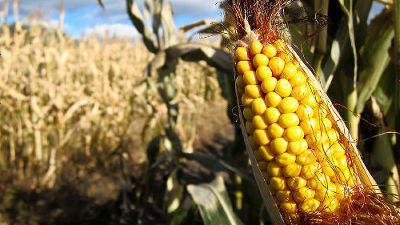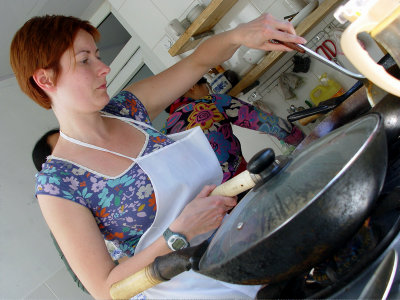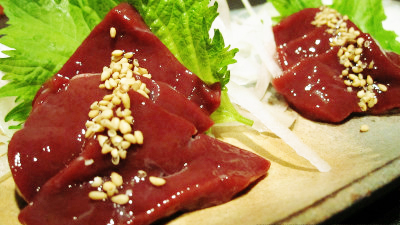Scientists devise ways to cook rice toxins while maximizing nutrition

by
Rice, especially brown rice harmful to the human body arsenic are included, the Ministry of Agriculture, Forestry and Fisheries is a 'no problem to eat brown rice if you send a good balanced diet,' we are , but the content of arsenic In some cases, soaking in water for a while is used to reduce the amount of brown rice. A new British research team has devised a 'cooking method that removes only arsenic without damaging the nutrients contained in rice' in order to solve the problem that 'nutrients are also removed at the stage of removing arsenic'. ..
Improved rice cooking approach to maximise arsenic removal while preserving nutrient elements --ScienceDirect
https://www.sciencedirect.com/science/article/pii/S0048969720368728
New way of cooking rice removes arsenic and retains mineral nutrients, study shows | Institute for Sustainable Food | The University of Sheffield
https://www.sheffield.ac.uk/sustainable-food/news/new-way-cooking-rice-removes-arsenic-and-retains-mineral-nutrients-study-shows

In January 2020, a research team at the University of Sheffield in the United Kingdom found that half of the rice consumed in the United Kingdom exceeds the 'standard value of arsenic that can be given to infants and children under the age of 5' set by the European Commission. We have released the findings that it contains arsenic. Following the findings, the research team called for mandatory labeling to warn of risks to infants.
Then, in a paper published on October 29, the research team devised a new 'cooking method that can remove 74% arsenic contained in white rice and 50% or more arsenic contained in brown rice'. Announced. According to the research team's cooking method, while removing arsenic, it is possible to retain the nutrients that tend to escape from the cooked rice.
This method of cooking was named 'Parboiling with Absorption Method' (PBA). PBA is a method in which rice is boiled in boiling water for about 5 minutes, then the water is discarded, new water is added, and the rice is continuously heated at a low temperature to absorb the water.
The illustration of PBA is as follows. Boil 4 cups of water per cup of rice first, put the rice in boiling water, boil for 5 minutes, and then drain. It is said that arsenic will come out with water in this drainage process. Then, add 2 cups of water per 1 cup of rice and heat it over low to medium heat to absorb the water.

Arsenic is a harmful substance that causes skin diseases, cancer, diabetes, lung disease, etc., and because it is water-soluble, it accumulates more in rice grown in a watery environment than wheat. Arsenic accumulated in rice is said to be 10 times that of other grains, and most of it is located in the outer bran that wraps the endosperm. For this reason, unpolished brown rice contains more arsenic than white rice. Most of the arsenic is removed by milling rice, but 75-90% of the nutrients are also removed.
Manoj Menon, an environmental scientist at the University of Sheffield, said, 'Previous studies have shown that cooking rice with excess water removes arsenic, but this method also removes nutrients. Our goal was to remove arsenic while maximizing the nutrients in cooked rice. PBA is easy to implement and anyone can do it at home. Brown rice is more nutritious than white rice However, the problem is that it contains a lot of arsenic. The method we devised greatly reduces the exposure to arsenic while preventing the loss of nutrients. Infants and children are vulnerable to arsenic exposure, so it is suitable for children. This method is highly recommended when cooking rice. '
Related Posts:
in Food, Posted by darkhorse_log







